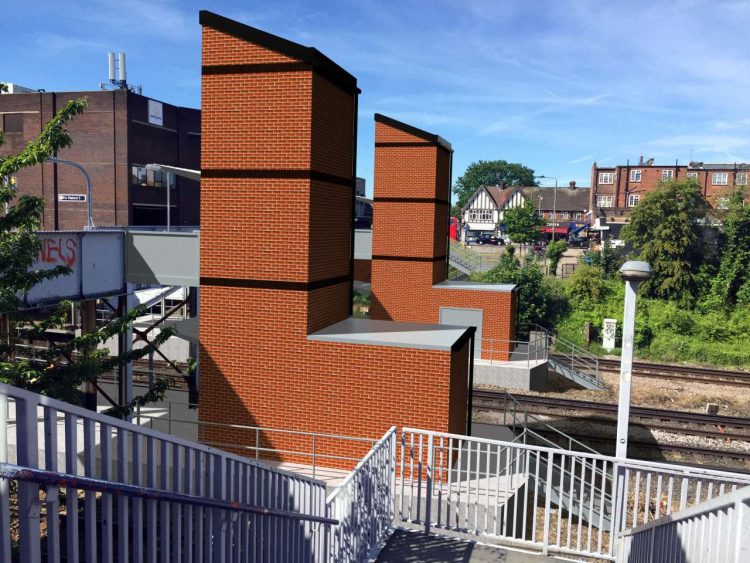North London town houses are, apparently, anti-growth. In her first conference speech as prime minister, Liz Truss identified and amplified a deep Tory trope: a strangely irrational prejudice against north London — surely, in fact, one of the most diverse places on earth.
Boris Johnson (who lived for more than a decade in an Islington house until he got thrown out by his wife) railed against “lefty Islington lawyers”. Priti Patel referred to the “north London metropolitan liberal elite”. The resentment is beginning to sound like a pathology. But what does it mean? And is it really embodied in architecture?
“Town house” has particular connotations. It might have been the urban pied-à-terre of someone whose main house was, of course, a country house. Almost the definition of a traditional Tory, in other words.
But the north London town houses being referred to here — usually brick terraces — were built for the expanding middle classes in the 19th century, with space for a cook and a maid. After the first world war, former servants had got used to working for real wages in factories and deserted service. Expensive to maintain, many houses were slowly subdivided into bedsits. After the second world war, slummed down and bomb damaged, their paint and plaster peeling like scabs, town houses haemorrhaged value.
North London is as much a hive of socialism as Chelsea is of Swinging London, or Tower Hamlets of pearly kings and queens
They were rediscovered in the 1960s by a new class of university-educated bohos rejecting their parents’ suburban dream. Writers, actors, teachers, social workers — the semi-mythical lefties — bought the homes they could afford (to our eyes miraculously) and did them up, often themselves.
Certainly for a time, north London became a magnet for the intelligentsia. But by the time Blair and Brown sealed their deal at Upper Street’s Granita restaurant in 1994, Islington was more banker than boho. Since then, its gentrification has hypertrophied. Some older residents remain but the new buyers work in the City.
There is nothing distinctive about a north London town house. Very little to distinguish it from a south London town house (as lived in, say, by Liz Truss). And not all lefties live in them: Jeremy Corbyn has a small 1960s terrace in his Islington North constituency.
There was, however, another north London. The Hampstead and Highgate of the Edwardian artistic classes proved amenable to a generation of intellectuals and architects fleeing central and eastern Europe. Often socialist, they congregated around the Modernist Lawn Road Flats in Belsize Park, home to designer Marcel Breuer, Bauhaus founder Walter Gropius and Arnold Deutsch, the spy who recruited the Cambridge Five. And, less explicably, Agatha Christie. But this was as far from a town house as you could get in London, a white ocean liner of a functionalist block.
Recommended
Town houses can be a container for British anti-intellectualism (“enough of experts”) and for suspicion of clever foreigners, of liberal views, of the well-heeled expressing solidarity with the less well-off (“champagne socialists”). There is also envy that these once poorly paid intellectuals moved to the city and made a packet.
To call this part of an anti-growth coalition is to miss the point. If London’s economy is predicated on rising real estate values, there has been no greater growth than here. Lenin lived in Islington because rent was cheap. What about Witanhurst near Hampstead Heath (estimated value £300mn, the second biggest house in London after Buckingham Palace) or Athlone House (£65mn) or Beechwood House (£48mn) — are these north London town houses too?
What might rile some north Londoners is the association with this wealth to begin with. Both Islington and Camden are among the boroughs of the capital with the highest rates of poverty.
Truss’s targets are now as likely to live in Peckham or Dulwich or Greenwich, as she does herself. Or did. North London is as much a hive of socialism as Chelsea is of Swinging London, or Tower Hamlets of pearly kings and queens. It’s just a new bogeyman to blame for this government’s bad decisions.
Edwin Heathcote is the FT’s architecture and design critic
Find out about our latest stories first — follow @FTProperty on Twitter or @ft_houseandhome on Instagram
https://www.ft.com/content/68afa9fa-c922-4651-b116-612aa3933777




